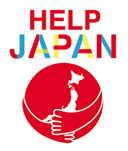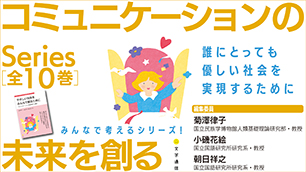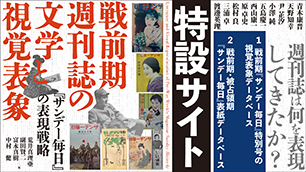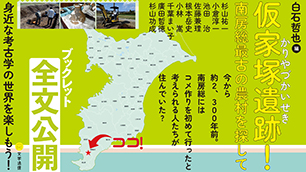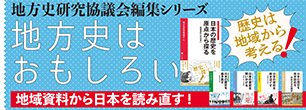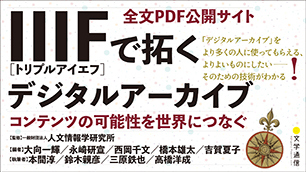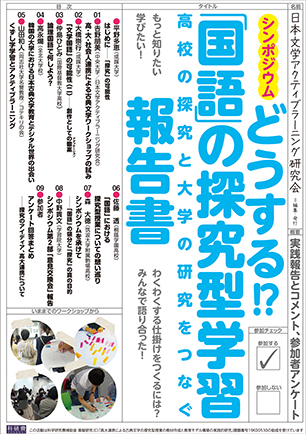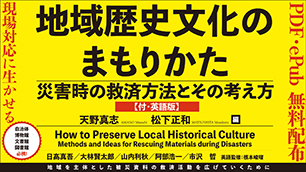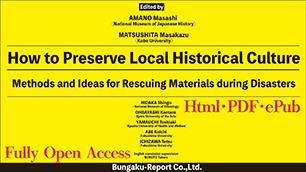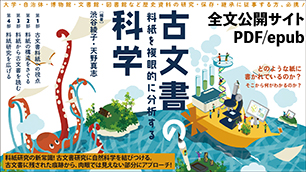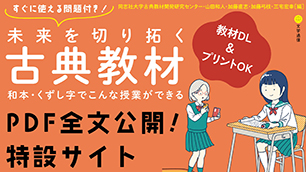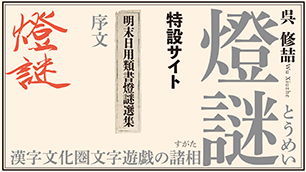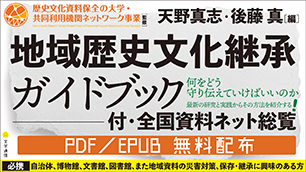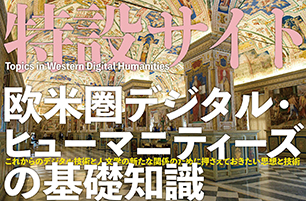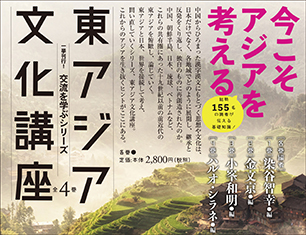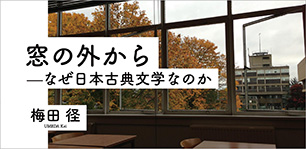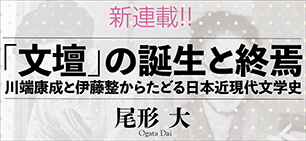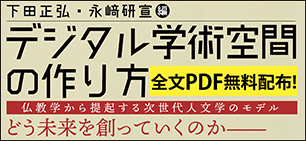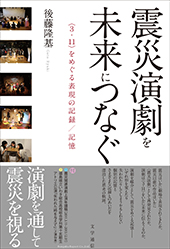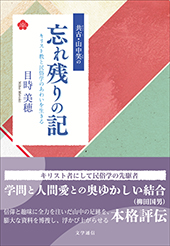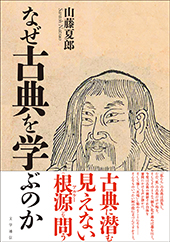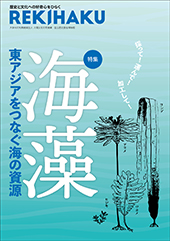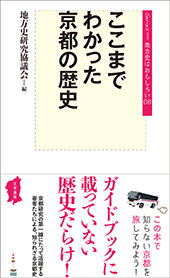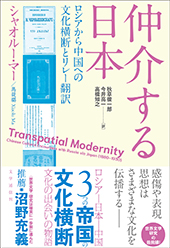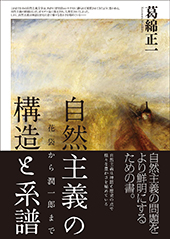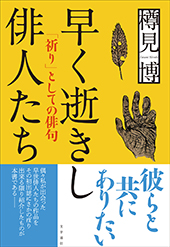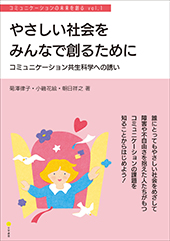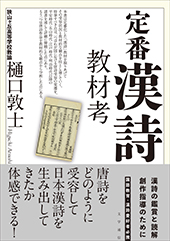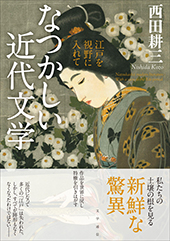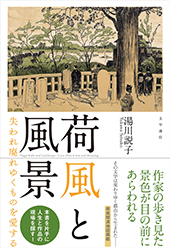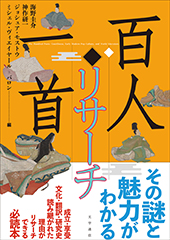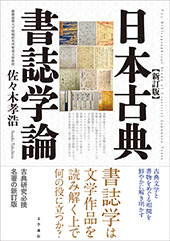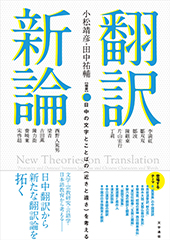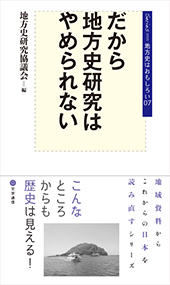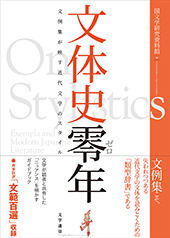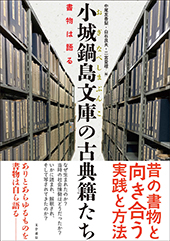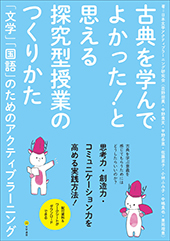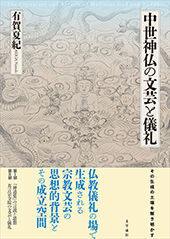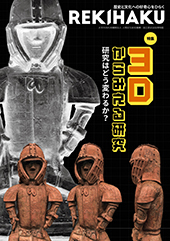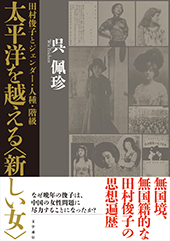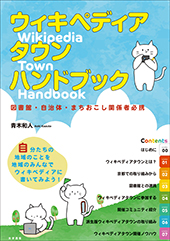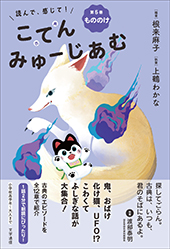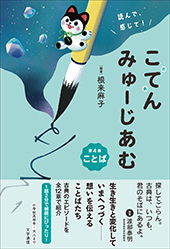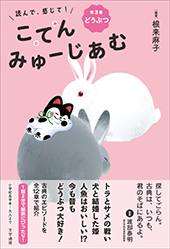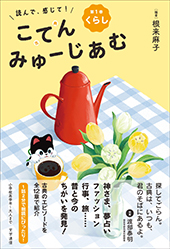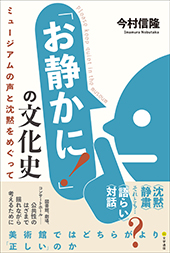Conclusion / MATSUSHITA Masakazu and AMANO Masashi
Download PDF
Conclusion
MATSUSHITA Masakazu and AMANO Masashi
This book is part of the results of Group A, "Inheritance of LHM" of the Grant-in-Aid for Specially Promoted Research Project "From Local Historical Material Studies to Regional Historical Culture: Creation of a New Research Field for Resilient Local Communities in a Country of Natural Disasters" (Principal Investigator: OKUMURA Hiroshi, Project Number: 19H05457). The members of this joint research project are working to rescue, preserve, and pass down various historical materials in each community in response to the natural disasters that have frequently occurred across Japan since the Great Hanshin-Awaji Earthquake in 1995. Moreover, by examining the issues confronted in the process, the authors have made practical progress in finding a foundation for the inheritance of historical culture in local communities. Each author is still promoting own activities, and this publication is a condensed version of the philosophy of historical material rescue and inheritance discovered through these efforts.
To pass on historical materials within a community, it is only natural to protect the materials themselves. Therefore, we need to take prompt and appropriate measures to handle damaged materials, but handling the large number of materials scattered all over Japan takes much work. An overview of past efforts shows that municipality officials, the locals, and other individuals who are not experts in preservation and restoration often take the lead in responding to disaster-affected areas. These days, cases of disaster response activities in the past are available on many occasions, and encountering these activities enables us to get an idea of what they entail. Conversely, disaster situations differ depending on their timing, historical and geographical background, scale, and type of disaster. The target materials are also diverse depending on the activities' composition. Disaster response requires efforts beyond specific techniques and manuals; putting them into practice is always challenging. After much discussion among the authors, we decided that the chapters would not end with an introduction of methodologies and practices but would present ideas for rescuing of each material. Our purpose is to organize what the situation is like during the stage of material rescue and escape from immediate danger, what to keep in mind, and the critical points for achieving that goal so that readers can use them as references for future field responses.
Relationships with the people surrounding the materials are essential elements in preserving and passing them on. In particular, the locals in each community have passed down their materials while keeping close contact with them. Confronting local materials requires dialogue with the histories and people of that community. How do history and culture experts get involved in the process? We need to develop a method of passing on historical and cultural traditions through dialogue. In this book, ICHIZAWA Tetsu describes "make the public" as the dialogue between experts and the local community, symbolized by the Shiryo-Network activities in the recent materials rescue. Suppose we form such a public space through new relationships developed by activities. In that case, efforts to preserve materials will have to play a sustained role that goes beyond the rescue of objects. Many pursue the efforts to this end across Japan, and we can expect further development. During the planning, we discussed how our practices and investigations in Japan can be understood to benefit international efforts. Hence, we prepared the English and Japanese versions and had them publicized online so that more people can read them. NEMOTO Takeru supervised the English translation. Again, we would like to thank him for his hard work reviewing our English.
On 1 January 2024, just during the compilation of this book, a massive earthquake and tsunami hit the Noto Peninsula in Ishikawa Prefecture. Rescue activities are still underway in all fields, and those for disaster-damaged materials will follow. We would like to express our deepest sympathies to the victims of the disaster and hope that this book will assist them in the future.


